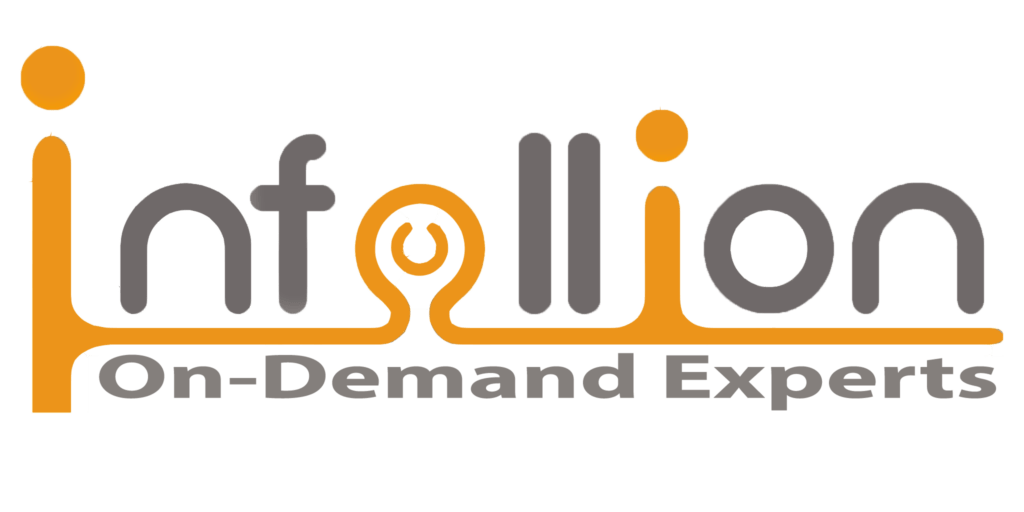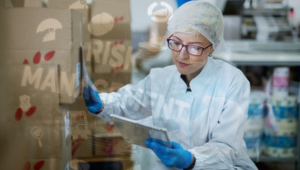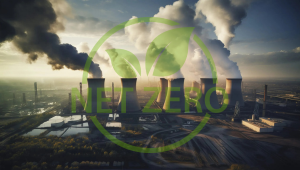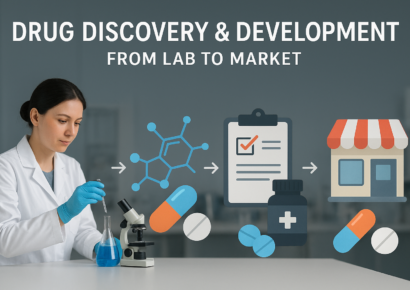Program Overview
This expert-led one-day program dives into the critical domain of cleaning validation in regulated industries, blending conceptual clarity with real-world insights. Participants will explore regulatory expectations, best-practice strategies, and common pitfalls while learning through case studies from global inspections and recalls. With an emphasis on risk-based approaches, QbD principles, and lifecycle thinking, the program equips mid-to-senior professionals with practical frameworks and tools to design robust cleaning validation systems. Interactive exercises and simulations ensure that participants not only understand the theory but also learn how to apply strategies to resolve actual workplace challenges.
Features
- Understand regulatory expectations, key concepts, and acceptance criteria in cleaning validation.
- Understand regulatory expectations, key concepts, and acceptance criteria in cleaning validation.
- Apply risk-based approaches and QbD principles to design effective cleaning validation strategies.
- Develop practical, compliant, and scalable cleaning validation protocols through hands-on simulations.
Target audiences
- QA/QC Professionals
- Validation Professionals
- Production Professionals
- Regulatory Affairs Professionals
- R&D Professionals
- Engineering Teams
Curriculum
- 4 Sections
- 20 Lessons
- 1 Day
Expand all sectionsCollapse all sections
- Foundations of Cleaning Validation5
- 1.1What is Cleaning Validation (CV) and why it is critical?
- 1.2Regulatory expectations: USFDA, EMA, WHO, PIC/S
- 1.3Key concepts: MACO (Maximum Allowable Carryover), Acceptance Criteria, Swab vs. Rinse Sampling, Recovery Studies
- 1.4Control strategies & lifecycle approach in CV
- 1.5Quick Quiz: Wrong CV definition – testing conceptual clarit
- Strategies for Effective Cleaning Validation5
- 2.1Best strategies: Risk-based approach, grouping & bracketing, matrixing
- 2.2Setting acceptance criteria – therapeutic dose, LD50, 1/1000 of minimum daily dose
- 2.3Common approaches: worst-case product, equipment, and process selection
- 2.4Pitfalls in industry practice – over-reliance on visual inspection, inadequate sampling, misaligned limits
- 2.5Case Discussion: Compare a successful vs. failed CV strategy from industry
- Real-World Failures & Lessons Learned5
- 3.1Case studies from USFDA 483s & EU inspection findings.
- 3.2Examples of contamination recalls due to inadequate cleaning validation.
- 3.3Where companies fail: inadequate documentation, lack of risk assessment, non-aligned protocols.
- 3.4Role of QbD (Quality by Design) and risk-based thinking in avoiding failures.
- 3.5Case Analysis: Participants analyze a real inspection observation and propose corrective actions.
- Building Robust Cleaning Validation Programs5
- 4.1Designing effective protocols and SOPs
- 4.2Integration with QMS, change control, and CAPA
- 4.3Tools & approaches: V-model/W-model for validation, lifecycle approach
- 4.4Emerging technologies: PAT (Process Analytical Technology), automation, rapid microbiological methods
- 4.5Exercise: Participants work in teams to draft a CV strategy for a hypothetical multi-product facility, balancing compliance, cost, and risk








